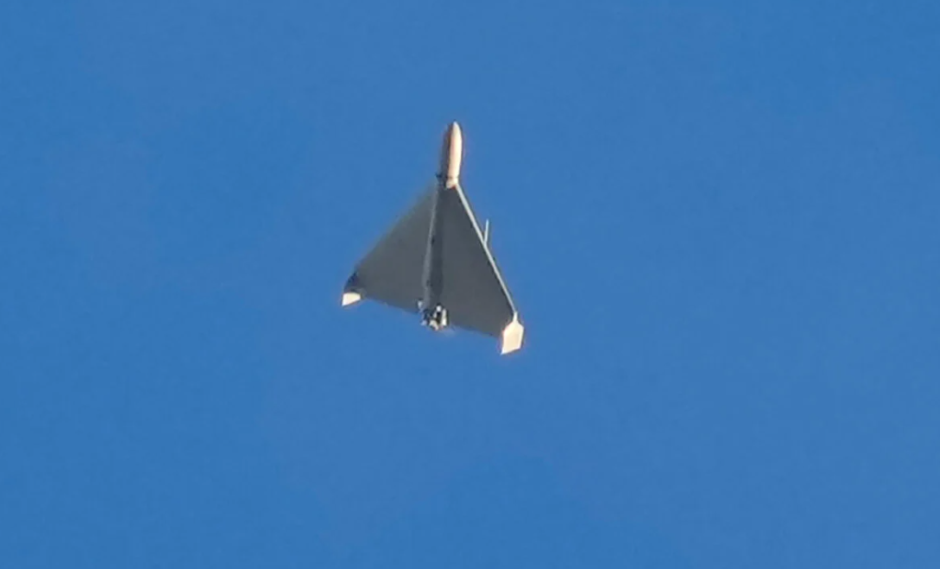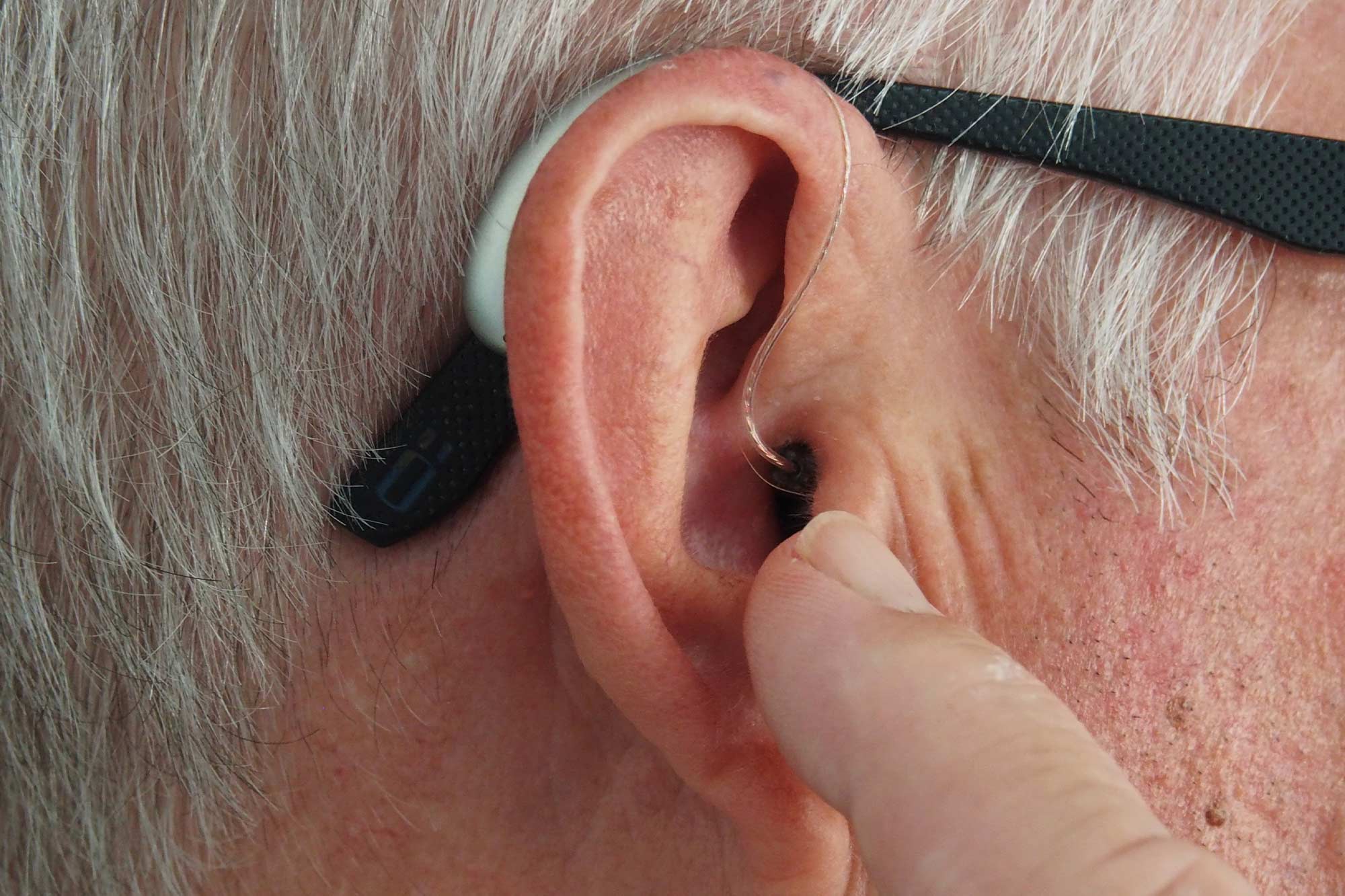A breakthrough in paleontology may be newly published research in which a newly discovered herbivorous dinosaur sheds light on the last stage of a species that struggled to adapt during major climate change.
A small dinosaur was found in the Cedar Mountains formation in Utah meBlacksmith The skeletal remains of a dinosaur, including its skull, vertebrae, and limbs. The early dinosaur ornithopod (a suborder that includes plant-eating dinosaurs of various sizes) is named after Janus, the Roman god of change, and provides insight into the massive population shifts among dinosaurs that resulted from global warming.the meBlacksmith He lived about 99 million years ago, in the middle of the Cretaceous period, in what is now the state of Utah. This dinosaur was distinguished from its peers by its fearsome jaws, the teeth of which were well suited for tearing through mighty plants.
Finding Ianni was partly a stroke of luck said Lindsey Zano, associate research professor at North Carolina State University and chair of paleontology at the North Carolina Museum of Natural History, and author of the study. ZMEScience Scientific portal on the Internet. “We knew something like this lived in this ecosystem because we occasionally found teeth here and there, but we didn’t expect to find such a beautiful skeleton, especially from this period of Earth’s history.”
He added: The discovery of the nearly complete skull proved invaluable in piecing the story together.
The middle of the Cretaceous period brought drastic changes that greatly affected the dinosaur populations.
Rising levels of carbon dioxide in the atmosphere led to higher global temperatures and subsequent sea level rise, forcing the dinosaurs to shrink their land masses. Meanwhile, in the Arctic, it was getting so warm that rainforests began to flourish, while coastal regions began to be dominated by flowering plants, which replaced traditional food sources for herbivores.
the Plus one According to a study published in a scientific journal, the giant herbivorous sauropods and predators of Allosaurus disappeared in North America. in parallel
Small herbivores migrated from Asia, such as the early platypus and horned dinosaurs, along with feathered theropods such as tyrannosaurs and huge oviraptorosaurs.the Ianny SmithIt also stands out from previous finds due to its rarity in the North American fossil record, underlining its unique place in dinosaur history.












































